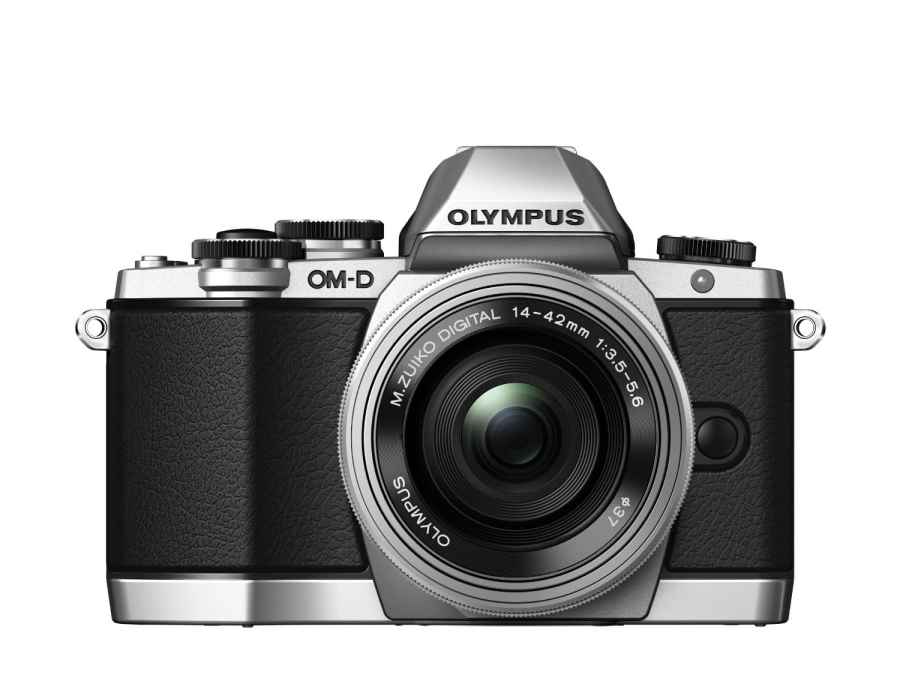Olympus OM-D E-M10 II vs the E-M5 II – 18 main differences:
1. Image Stabilisation system
Both cameras employ a five-axis image-stabilisation system, although the version in the OM-D E-M5 II promises an improvement up to 5EV stops next to the 4EV maximum benefit on the OM-D E-M10 II.
2. Weather sealing
One of the more significant differences between the two models is the lack of weather resistance on the OM-D E-M10 II, something offered by the OM-D E-M5 II. To be full weather-resistant, however, you’ll also need to use a similarly protected lens, such as the M.Zuiko Digital ED 7-14mm f/2.8 PRO or M.Zuiko Digital ED 40-150mm f/2.8 PRO.
3. 4K Time Lapse movie mode
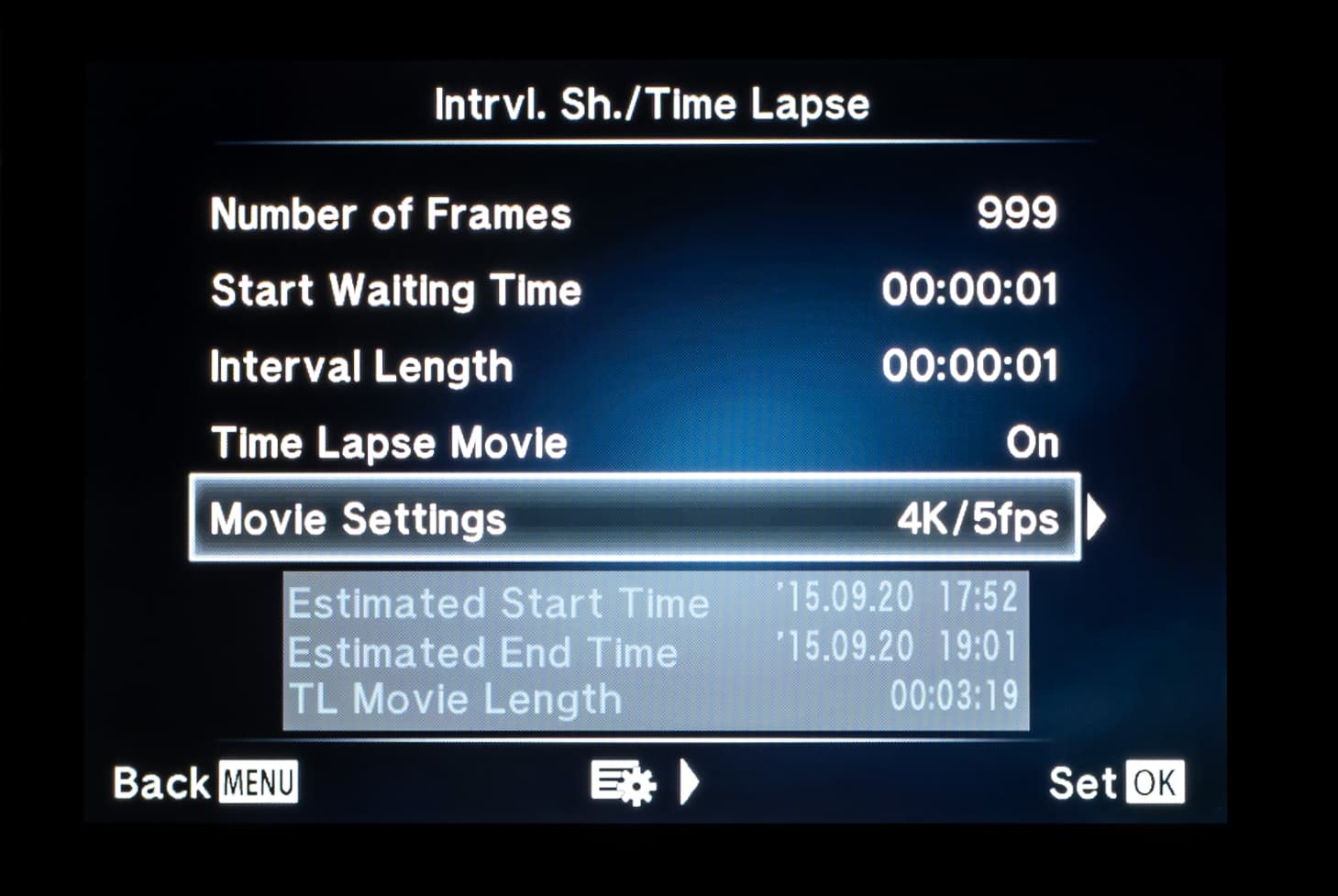
The OM-D E-M10 II is the first of Olympus’s models to offer a 4K Time Lapse movie mode, which captures 4K frames and stitches them together into a 5fps movie, although both the OM-D E-M5 II and OM-D E-M1 will benefit from this in a forthcoming firmware update.
4. High Res Shot mode
Perhaps the OM-D E-M5 II’s most interesting feature is its 40MP High Res Composite mode, a feature sadly lacking on the OM-D E-M10 II.
5. LCD type
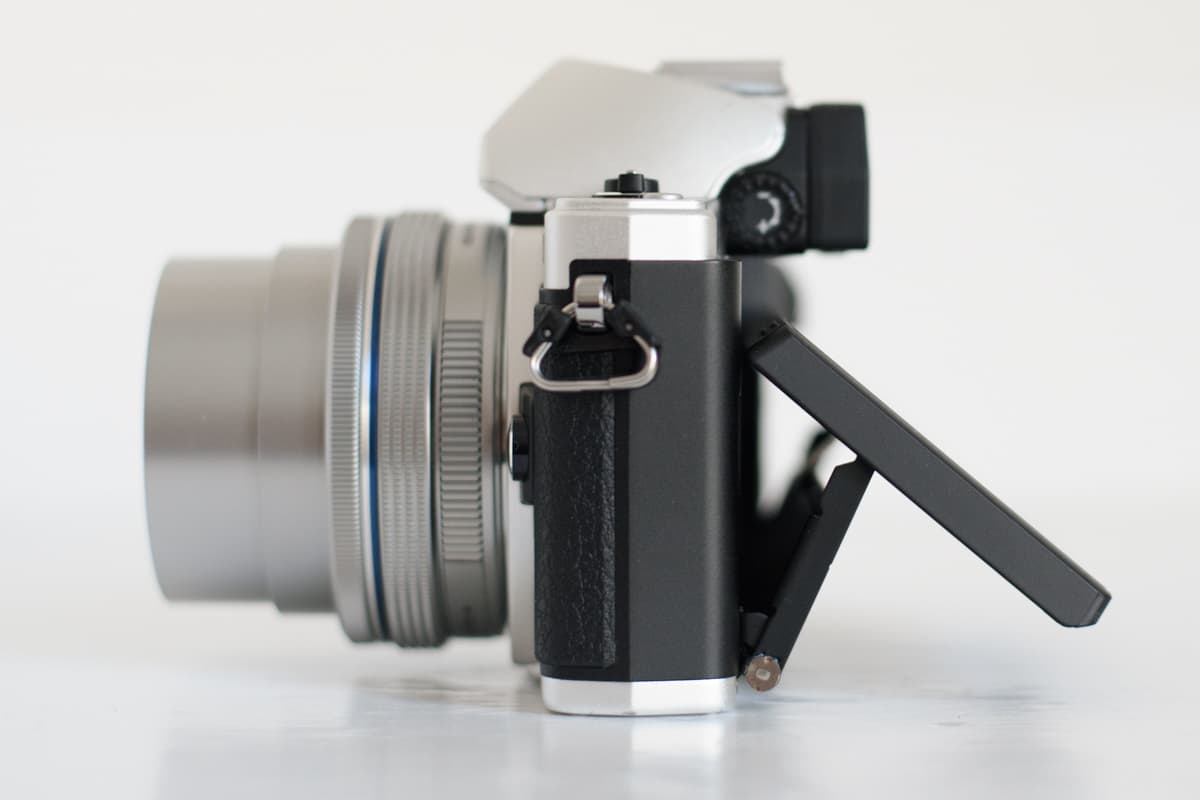
Although both cameras offer a 3in touchscreen that resolves details with 1,037k dots, the unit on the OM-D E-M10 II is only tiltable, against the fully articulated version on its bigger brother.
6. Electronic viewfinder
The viewfinders on both cameras offer 2.36million-dot OLED panels but the OM-D E-M5 II’s offers a maximum magnification of 1.48x (0.74x) and a 21mm eyepoint, versus the 1.23x (0.61x) magnification and 19.2mm eyepoint on the OM-D E-M10 II.
7. Simulated OVF
A new feature in the OM-D E-M10 II, the Simulated OVF claims to expand the dynamic range of the camera’s EVF to make it behave more like an optical viewfinder. It’s not on the OM-D E-M5 II just yet, although the camera’s forthcoming firmware update will enable it.
8. Battery life
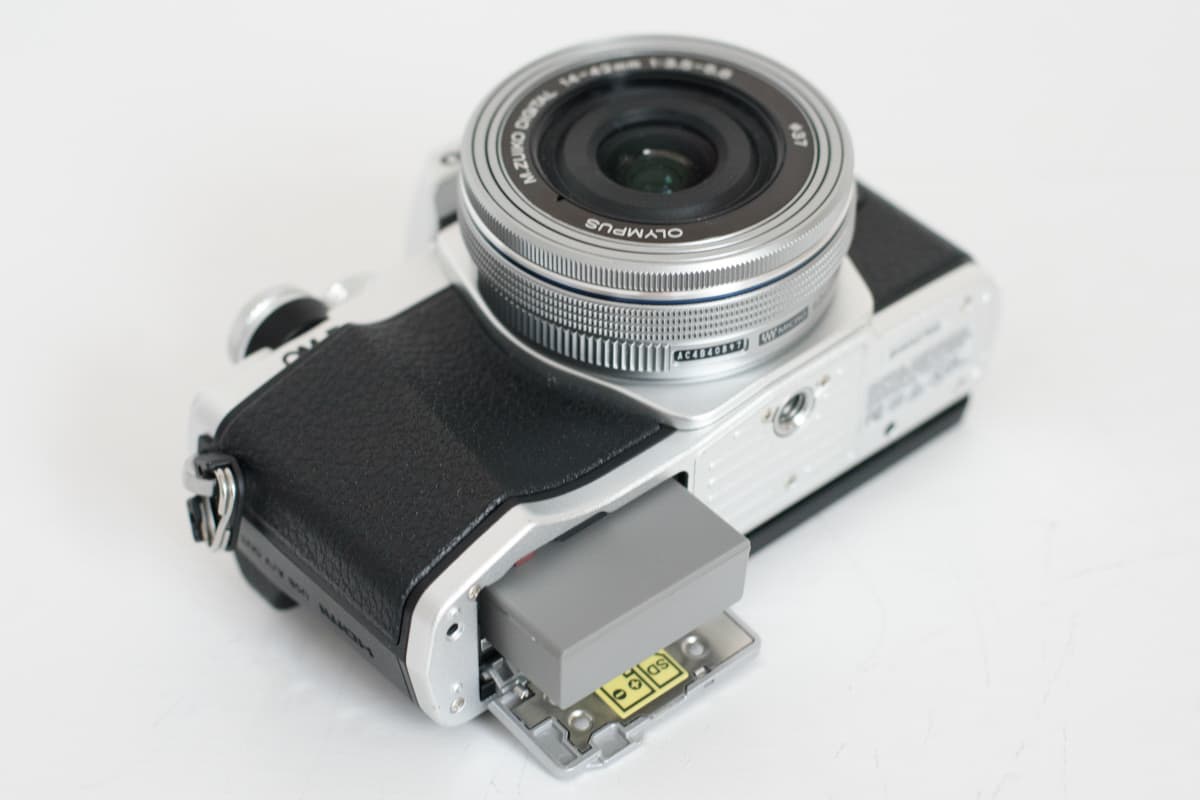
A smaller difference between the two is the quoted battery life. The BLN-1 inside the OM-D E-M5 II manages 310 frames while the BLS 50 inside the OM-D E-M10 II increases this slightly to 320 frames. Both offer 750 shots in their Quick Sleep mode.
9. Burst rate
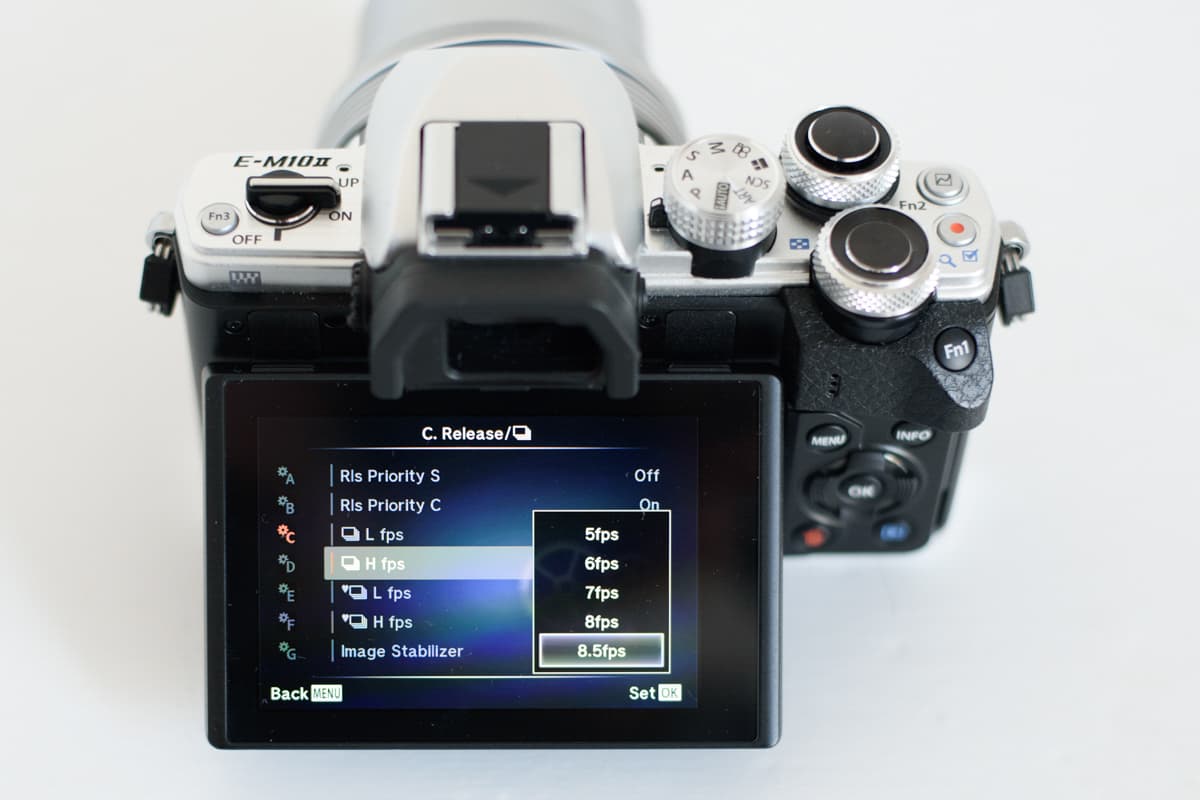
Not surprisingly, the OM-D E-M5 II is the slightly speedier camera of the two when it comes to burst shooting, with 10fps for up to 16 Raw frames next to the OM-D E-M10 II’s 8.5fps rate for up to 22 Raw frames.
10. Flash sync socket
The OM-D E-M5 II sports a flash-sync socket on its front plate, a feature missing from the OM-D E-M10 II.
11. Function button
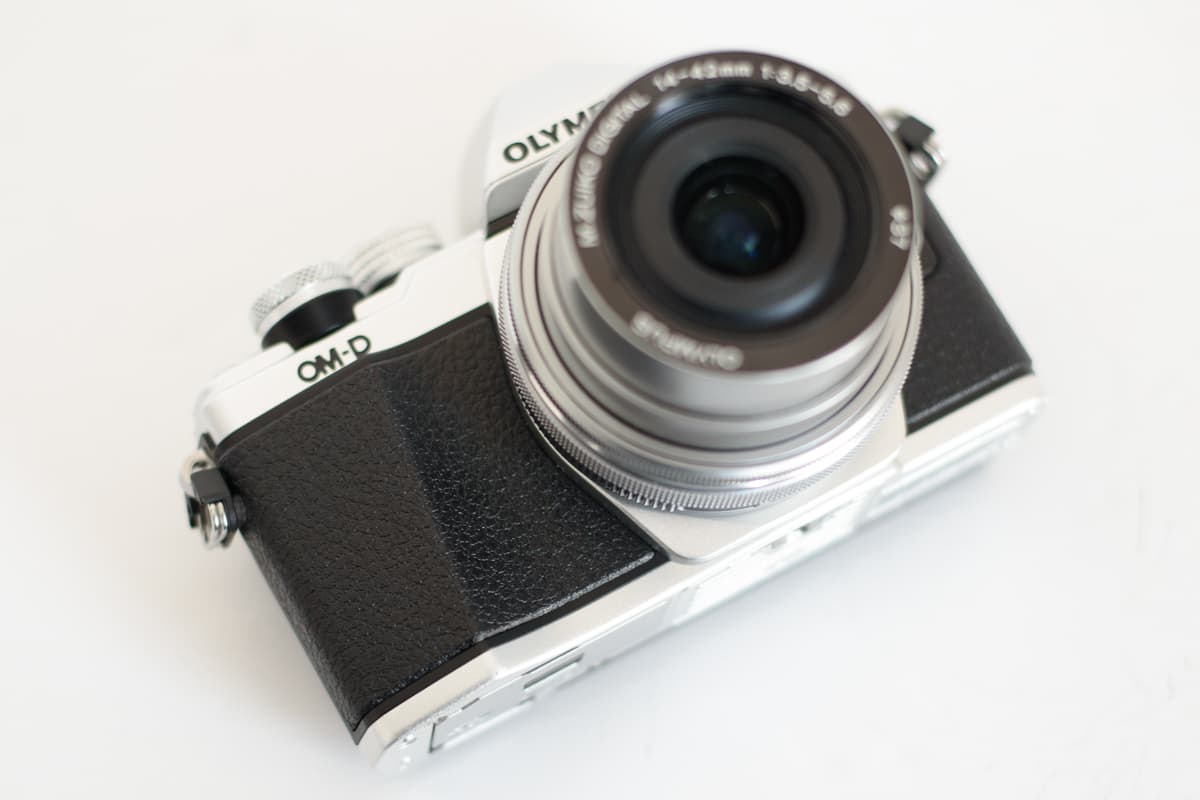
There’s no function button on the front plate of the OM-D E-M10 II as there is on the OM-D E-M5 II.
12. Design

Although clearly influenced by the design of the OM-D E-M5 II, the OM-D E-M10 II has a differently styled grip, mode dial and power control, and there is no button to directly access the HDR function as there is on the OM-D E-M5 II’s top plate.
13. AF Targeting Pad
A new feature on the OM-D E-M10 II and missing from the OM-D E-M5 II, this allows the photographer to choose the focusing point through the touchscreen while using the EVF.
14. Slow-motion video and Clips mode
The OM-D E-M10 II offers a VGA-resolution, slow-motion video mode that captures moving footage at a rate of 120fps, a feature not present on the OM-D E-M5 II. The OM-D E-M10 II also has a new Clips option, which allows you to capture one-, two-, four- and eight-second clips before it merges them into a single video.
15. Flash
While the OM-D E-M10 II offers a built-in flash, the OM-D E-M5 II provides a separate unit with the camera.
16. Focus bracketing and stacking
The OM-D E-M10 II offers focus stacking and bracketing, the former combining up to eight images captured at different positions of focus for a single image with expansive depth of field, and the latter doing the same but for up to 999 shots which you can process yourself. The forthcoming firmware update for the OM-D E-M5 II will give that camera the former feature but not the latter one.
17. Microphone input

While the OM-D E-M5 II has a microphone input around its side, the OM-D E-M10 II does not, which means it has to rely on its internal microphones for audio recording.
18. Size and weight
Unsurprisingly, the more junior OM-D E-M10 II is a slightly more compact and lighter camera, measuring 119.5 x 83.1 x 46.7mm without protrusions and weighing 390g with its battery and memory card in place, next to the 123.7 x 85 x 44.5mm dimensions and 469g weight from the OM-D E-M5 II.

